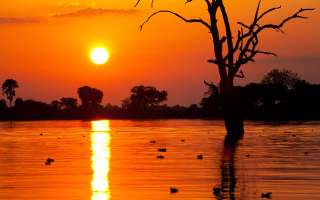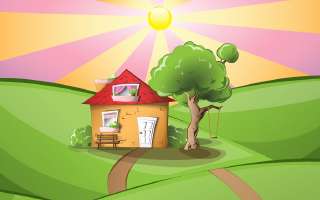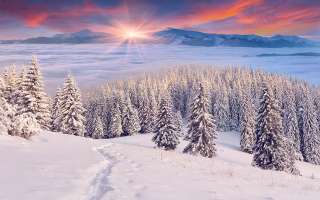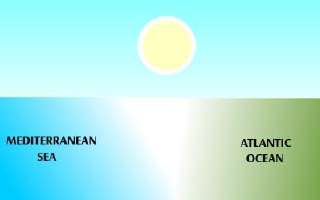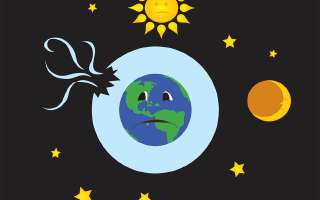6 items in this section. Displaying page 1 of 1
Why's the Sun Red during Sunrise and Sunset?
As day breaks, a reddish-white ball of light that we call the sun, rises. This red haze gives way to a golden-white sheen as the day advances and reappears when the sun sets in the evening. Does the sun really change colours, or does it only seem so? The explanation lies in-between. Light from the sun consists of three kinds of radiation – ultra-violet rays, visible light and infra-red rays. Unlike visible light, ultra-violet rays and infra-red rays cannot be seen....
Why do Plants Lean Toward Sunlight?
Plants kept inside a room always grow in the direction of the window. In woodlands where there is a thick canopy of trees and sunlight rarely falls on earth, very few plants survive. Those that do, do not require sunlight to make their food. People have long wondered about this phenomenon until the answer was discovered and explained by the English naturalist Charles Darwin. He demonstrated that the growing shoot of a grass seedling always bends towards light....
Why can’t the Sun melt Snow?
There are some things in nature that have a great capacity to toss back or reflect a great deal of the sun’s light that falls on them. One of them is snow. Newly formed snow reflects about 90 per cent of the sunlight that falls upon it. This means that the sun is powerless to melt clean snow. And when snow does melt, it is not because of the sunlight. Snow does not melt on a spring day because of the sun’s heat....
Why is the Mediterranean Sea Blue?
We know that about seventy one per cent of the earth’s surface is covered with water. The earth’s three main Oceans are the Atlantic, the Pacific and the Indian Ocean. The Atlantic Ocean is a great mass of water that separates Europe and Africa from America. It is shaped like a great hour-glass-with a ‘waist’ where Africa and South America bulge out towards each other. Although in area it is less than half the Pacific, it has many ‘secondary’ seas, such as the Arctic Ocean and the Mediterranean Sea....
What is the Ozone Hole?
On beaches as well as on the cricket ground, it is always possible to spot people with some kind of cream on their bodies or faces. Remember the South African pace bowler Alan Donald or ‘White Lightning’ as he is called, with “war-paint” on his face? No, it is not an attempt at camouflage, simply an effort to gain protection from the ultraviolet rays of the sun. And therein lies a paradox – it is the light and heat of the sun that sustains life on earth, but among its many friendly rays are some harmful ones as well....
The Dark Kingdom of Uranus
Named after the father of the Titans in Greek mythology, Uranus is the seventh planet in the solar system. It was first observed through a telescope by Sir William Herschel on March 13, 1781. Although Herschel wished to call the newly discovered planet Georgium Sidus (Georgian Star) for King George III of England, Johann Bode’s proposal of the name Uranus gained more acceptance over the years and finally became universal in the mid-19th century. The Uranian realm is a dark kingdom, so remote from the sun that daylight there approximates a total solar eclipse on Earth....
- ❮ Previous
- Next ❯
